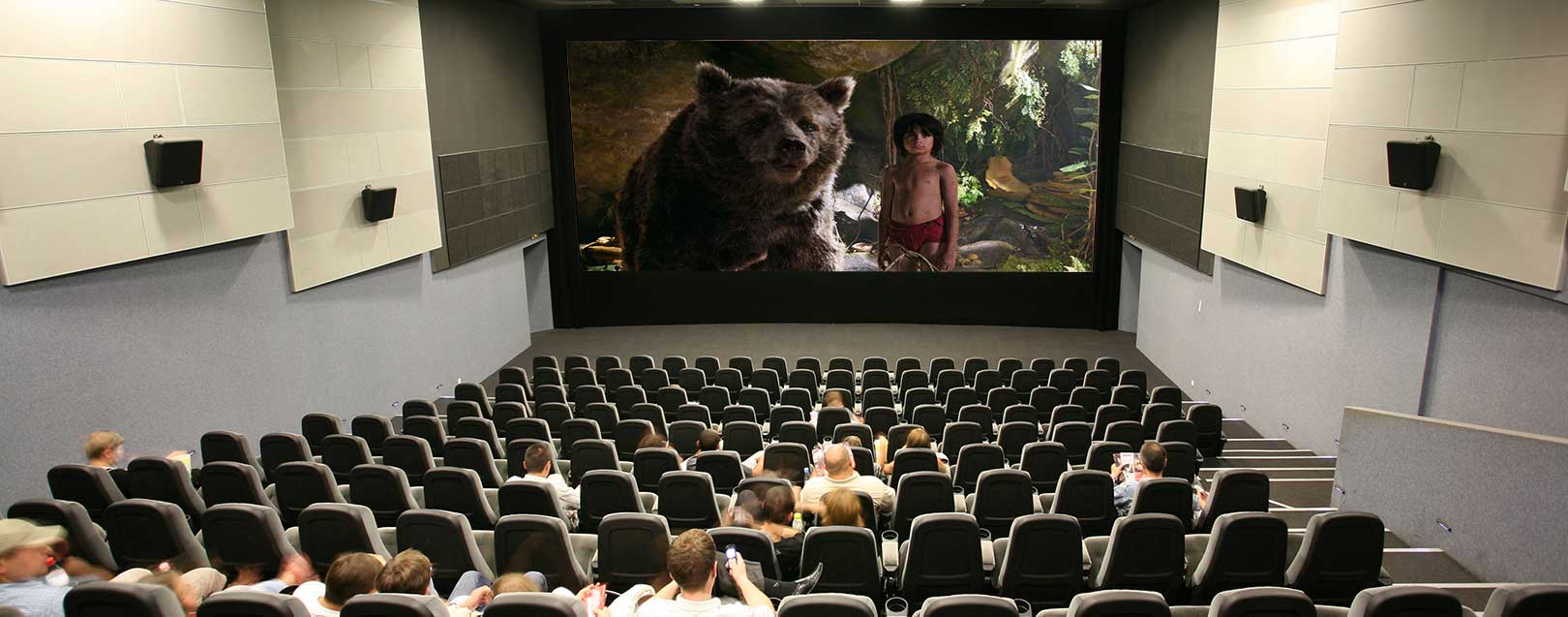
Hollywood enchants Indian market, RDB grosses abroad
By Pooja Jain & Sairaj Iyer
Last Friday, the opening collections at the box office for many releases was very gloomy. The only film that garnered huge collections was Hollywood’s Independence Day: Resurgence. The science fiction collected whopping Rs.4.70 crore.
It easily left behind Anurag Kashyap’s thriller flick Raman Raghav 2.0, which managed to collect to Rs.1.10 crore on opening day. Meanwhile, Amitabh Bachchan starrer ‘TE3N,’ which was crushed by Hollywood’s Conjuring due to same day release, earned Rs.17.79 crore, while Conjuring managed to mint Rs.53.78 crore in India.
The trends have changed; Hollywood has got more to offer to the Indian market. In 2005-06, Hollywood’s share at the Box office was 5%, whereas dependency on Bollywood flicks was 85%. However, since 2015, the share of Hollywood is 25% while Bollywood contributes 50%.
Hollywood cinemas in India have collected around $61 billion in the first half of 2016. Earlier in 2014, Hollywood netted $62 million in the whole year. The figures show that the survival of Bollywood and generation of revenues has become challenging.
“Unfortunately, Bollywood is going through a funny phase where the projects are made in the board rooms of the corporate offices. It has become a number game for everyone, 100 cr, 200 cr, and now even 300 cr. And because of which the content of the movies is not up to the mark. The lack of content in Bollywood is helping not only Hollywood but also regional film industries, be it, Telugu, Tamil, Marathi, Punjabi etc,” says industry’s trade expert Tarun Tandon, CEO, Indra Films.
Tandon believes that viewers are now more aware than before and demand something different each time, said, “We have to accept the fact that at the scale at which Hollywood films are made is huge, we can't even imagine spending that kind of money in Bollywood as of now. So yes it is an alarming situation for Bollywood.”
Here are the excerpts from an exclusive interview with Tarun Tandon, whose family has been in the same line for over 40 years.
Not only the US, but China, Russia, and other countries too are fans of Bollywood, for an understanding they must be translated or dubbed. How well do these movies do?
Oh yes, our stars do have a crazy fan following in overseas. The one star who tops the chart is SRK, his movies have always done exceptionally well overseas even the ones which got an average response back here in India, the best example of which is "Dilwale".
Bollywood has got its own USP, the love stories, the action, the mellow drama, songs and the stars dancing around the trees. I don't think they get to watch this stuff in their films. But not all movies do well, the ratio of films doing good business overseas has improved, but we have a long way to go.
How is song distribution different from movie distribution? what are the different revenue aspects of both?
We are only into movie distribution business so I do not have a complete knowledge how song distribution works. A distributor for a film has to buy the distribution rights for his territory from the producers of the film. The price he pays is also known as Minimum Guarantee (M.G). The price of a film is determined firstly by its star cast, budget, then its director and then the producers. However, there is no fixed formula to evaluate a price for it, but in the movie trade, the highest grossing film of an actor becomes a benchmark. Then the distributor who has the rights to the movie for a particular territory / state plays the movie in the best possible theaters / multiplexes to maximize the revenue. However, it all comes down to how the preferences of the audience and by the end of the day the content of the movies decides the fate of the film.
Kabaali is all set to hit screens in all the south Indian languages, except Malayalam, and even in Hindi. It will also be released in foreign languages like Thai, Malay, Chinese Japanese. However, the overseas screens for the film are 6000, whereas Indian screens to feature the movie are 4,000, what is you take on this?
Rajnikant has a huge fan base worldwide. His previous films have performed extremely well overseas and it always makes scenes to give him a big platform in terms of the number of screens everywhere possible. And when we compare the numbers also its 4000 screens only in one country (India) and 6000 screens in overseas. So the screen count of India is also exceptionally good.
Air Asia, 5 star, Cadbury, Amazon, CJ shop, Airtel are planning to associate with Kabaali? What could be the possible result of the association and how will it affect the brands?
Rajnikant was, is and will be the biggest superstar. If a movie of such big stars are made and a company feels that the content of the film suits the brand, then they try and associate themselves to the movie. In such cases, it’s a win-win situation for all involved in it. While the company is promoted by getting associated with the film or the star, the film also gets promoted on various platforms owned by the company.
THE BUSINESS OF MUSIC
Speaking of movies and music, can Bollywood music be left behind? Especially after Google paid tribute on 27th June to the iconic music director, composer and singer, R.D. Burman. Surprising though this may sound, but Indian music has a place in global circles too. Websites of American Performing Rights Organizations (PRO) such as ASCAP, BMI and SESAC continually update their websites with Indian authors and contributors. A royalty related website connecting the information of royalty and copyright holders has a detailed section on Asian contributors. The list reads out names such as AR Rahman, Pt. Ravi Shankar, RD Burman and even Kishore Kumar.
The music industry has had its fair share of evolutions, similar to most industries. The industry has observed tectonic shifts from vinyl to 8-track cassettes to CD/DVDs and now the digital revolution. Royalties and copyrights have been the main bread-butter for songwriters and producers. The digital revolution although is making music available to all at the touch of a button, but is to be held accountable equally for the rampant piracy.
Digital music is currently growing at a CAGR of 14%, and industry sources point out that digital will help lead the pack. Panchamda’s (R.D.Burman) music does help in two ways- Firstly, it helps young musicians lean towards traditional Indian music, secondly, it reins in royalties. The Indian Performing Right Society, as per a 2012 news-report, puts the earnings of the father-son duo of SD and RD Burman at Rs.1 cr in 4 years. Although one could only point out that this amount looks feeble, but his music has helped convert many non-native speakers to Bollywood and thereby create avenues of new-Indian entertainment.





 to success.
to success.